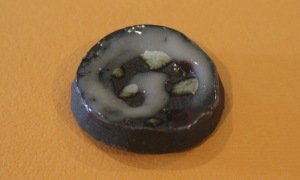 The term mingei, meaning “folk arts” or “folk crafts,” was created in 1926 by Japanese philosopher Yanagi Soetsu. According to Yanagi, the most beautiful objects a country could produce weren’t the works of individual skilled creative artists but were instead objects made by ordinary people for practical use which reflected patterns and values handed down by generations of their fellow countrymen.
The term mingei, meaning “folk arts” or “folk crafts,” was created in 1926 by Japanese philosopher Yanagi Soetsu. According to Yanagi, the most beautiful objects a country could produce weren’t the works of individual skilled creative artists but were instead objects made by ordinary people for practical use which reflected patterns and values handed down by generations of their fellow countrymen.
In Yanagi’s view, mingei are items that are inexpensive, designed for daily use by common citizens, usually handmade, and almost always made by anonymous crafts people. Yanagi’s treatise, TheUnknown Craftsman: A Japanese Insight into Beauty, revolutionized popular opinion in Japan, and around the world.
 Mingei items often have a rough-hewn look, like this white hashioki with 3-D swirls on top, or these blue and green in the shape of a traditional Japanese kura storehouse and a bird. The pieces were formed by hand, not by machine, and they appear to have been glazed in a wood-ash
Mingei items often have a rough-hewn look, like this white hashioki with 3-D swirls on top, or these blue and green in the shape of a traditional Japanese kura storehouse and a bird. The pieces were formed by hand, not by machine, and they appear to have been glazed in a wood-ash  kiln. The kura storehouse piece is particularly appropriate because that is the shape of the MingeikanJapanese Folk Crafts Museum founded by Yanagi in a Tokyo suburb.
kiln. The kura storehouse piece is particularly appropriate because that is the shape of the MingeikanJapanese Folk Crafts Museum founded by Yanagi in a Tokyo suburb.
These two hashioki have the same irregular flat shape. The one on the left has been decorated to look like an indigo-dyed textile; there are even lightly incised lines on the
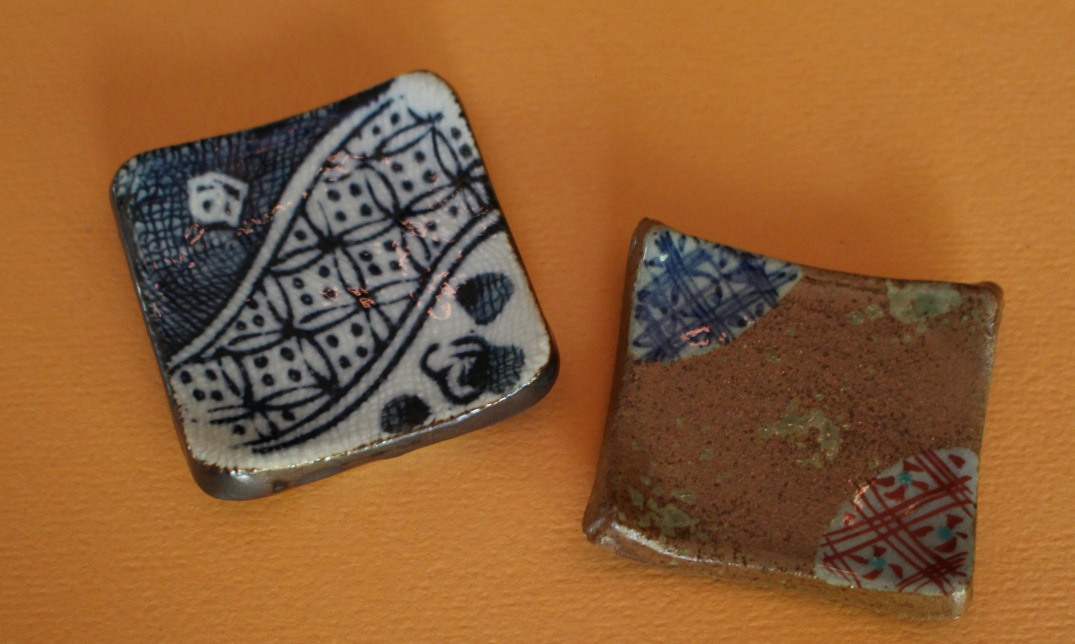 surface to replicate the texture of a textile. The one on the right purposely combines different patterns, suggesting a mended article or a patchwork quilt. Both styles of decoration have mingei roots.
surface to replicate the texture of a textile. The one on the right purposely combines different patterns, suggesting a mended article or a patchwork quilt. Both styles of decoration have mingei roots.
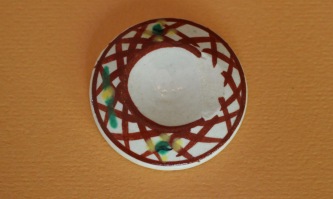 This last hashioki, which was labeled as a mingei piece by the vendor, is very handsome, but doesn’t really fit the definition of mingei. It’s too symmetrical, too orderly, and obviously made by a machine. I’ve included it here as a testament to the power of labeling.
This last hashioki, which was labeled as a mingei piece by the vendor, is very handsome, but doesn’t really fit the definition of mingei. It’s too symmetrical, too orderly, and obviously made by a machine. I’ve included it here as a testament to the power of labeling.
Yanagi is credited with reviving interest in folk crafts in Japan and throughout the world, and in helping to demonstrate that there is compelling beauty in the imperfect and unprofessional.






































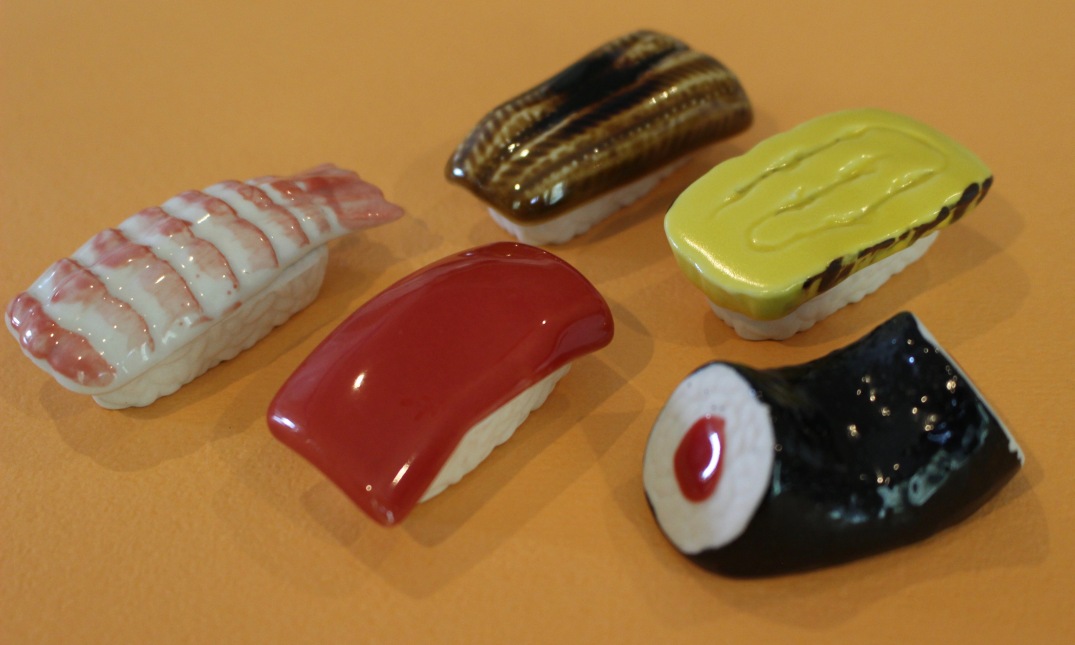







 If Hello Kitty has a marketing rival, it’s undoubtedly a creature from Hayao Miyazaki and Studio Ghibli, like this little fellow from “My Neighbor Totoro.” This animated film is 30 years old, and sales featuring its characters are still going strong.
If Hello Kitty has a marketing rival, it’s undoubtedly a creature from Hayao Miyazaki and Studio Ghibli, like this little fellow from “My Neighbor Totoro.” This animated film is 30 years old, and sales featuring its characters are still going strong.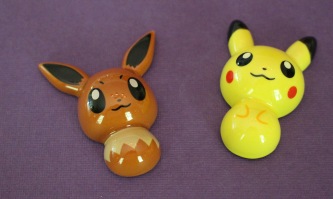





 them comes from the Portuguese word carta. They quickly became a vehicle for gambling in Japan, which developed into such a problem that playing cards were actually banned by the Tokugawa shogunate in the early 17th. Century.
them comes from the Portuguese word carta. They quickly became a vehicle for gambling in Japan, which developed into such a problem that playing cards were actually banned by the Tokugawa shogunate in the early 17th. Century.


